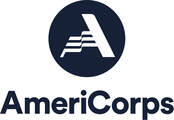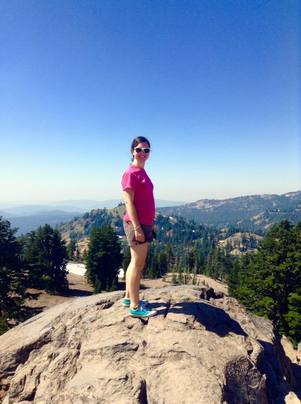 My name is Alanna Natanson, and I am excited to be the 2018-2019 Preserve WV AmeriCorps member serving at the West Virginia and Regional History Center at West Virginia University in Morgantown, West Virginia. While engaging with a collection related to historic structures in the Mountain State, I hope to understand how the natural environment and built landscape affected the lives of people in West Virginia across the 19th and 20th centuries. I know those histories still influence the state I can’t wait to explore today. From the age of five, all my family road trips from our home in the suburbs of Washington D.C. involved visits to historical landmarks and museums. While we worked our way across centuries and up and down the East Coast, I developed a deep passion for learning about U.S. history, both its proudest moments and its most terrible. After an internship in high school with Historic Takoma Inc. researching hometown heroes of World War II through yearbooks and census records, I realized the behind-the-scenes stories of telling history fascinated me even more than the history itself. I love knowing how archives make materials accessible to historians, and how the limits of collections at historical institutions ultimately shape the arguments a researcher can create. By the end of my first year of college, I knew I wanted to pursue a career making historical collections available to researchers.
I’ve been lucky enough to explore my interest in archives while processing collections in all kinds of research institutions: the Stetten Museum of Medical Research at the National Institutes of Health in Bethesda, Maryland, the Forsyth County Public Library’s North Carolina Room in Winston Salem, North Carolina, the Salem College Library and Archives also in Winston Salem, and the Kentucky Historical Society in Frankfort, Kentucky. Now, I’m excited to apply all my experiences while processing the Emory Kemp Collection at the West Virginia and Regional History Center. Emory Kemp founded the Institute for the History of Technology and Industrial Archaeology at West Virginia University while also serving as a faculty member in the School of Engineering and College of Arts and Science. His collection not only documents his own life, but also records key information about many of West Virginia and Appalachia’s oldest bridges, canals, dams and man-made waterways. After we make his collection available to the public, scholars will have the opportunity to understand the way past West Virginians honed the natural terrain to build transportation and industry in the state. For me, the project is going to be a wonderful way to learn about West Virginia (a trip to Harper’s Ferry made up the whole of my West Virginia experience prior to Preserve WV AmeriCorps). Not only do I look forward to scouring through photographs and blueprints of West Virginia’s structures; I also want to pay attention to how these industrial remnants tell stories about the labor, politics and daily life of generations of West Virginians. Buildings are the physical manifestations of people, and this collection houses the stories of a wide range of humans embedded among the state’s bricks and steel. Digging up those stories is going to bring out characters who show sides of West Virginia the world may not yet know. I chose to serve with Preserve WV AmeriCorps because I want to use my love of behind-the-scenes history to feature stories that don’t usually appear in historical scholarship. This year, I also want to learn to shape a high-quality historical picture of West Virginia while leaving my biases out of the collection as much as possible. Preserve WV AmeriCorps will help me grow, just as I hope that I can facilitate a small part of the history of the preservation movement in West Virginia. By Lauren Kelly
Part of the mission of the Jefferson County Historic Landmarks Commission is educational outreach. The county has a rich history that spans from the early settlement period in the 1730’s and into the modern era. This history drives our heritage tourism industry, which, in a study conducted for the West Virginia Tourism Office in 2017, earns Jefferson County over $900 million per year. The landmarks commission understands the importance of sharing our history to encourage local preservation now and in the future. We are interested in what tourists are looking for when they visit the area. To that end, we rely on people like Marianne Davis, the director of the Shepherdstown Visitors Center (SVC), to tell us how we can help to promote areas that are of interest to visitors but often overlooked in favor of more familiar stories like that of John Brown, who looms so prominently in the area. Last year, we received a mini-grant to produce two brochures from the West Virginia Humanities Council: “The Battle of Shepherdstown” and “The Shepherdstown Cement Mill.” These brochures complete the story of Antietam and promote a landmarks commission site, the cement mill ruins. The battle links Shepherdstown to the siege of Harpers Ferry and the wider story of the Lee’s 1862 Maryland Campaign. Ms. Davis says, “The Historic Landmarks Commission has allowed us to tell the story of Shepherdstown beyond our borders. We are not an island, but a foundational part of a regional history.” Shepherdstown, established in 1762, is the oldest town in the county, and if you aren’t asking someone from Romney, the oldest town in the state. Both the landmarks commission and the SVC are interested in increasing awareness of the county’s colonial history in addition to its Civil War history. We reached out to Marianne Davis again this year to find out what stories need to be told, so we’re drafting a new brochure for the Beeline March, in which 100 men set out from Morgan’s Spring outside Shepherdstown to join Washington at the siege of Boston in the summer of 1775. Shepherdstown was a major mustering point during the war and dispatched seven companies between 1775-1783. It is a beautiful, well-preserved town that has retained many of its 18th century structures. Ms. Davis says, “Good stewardship of historic buildings and sites, coupled with research-based interpretation, has made Shepherdstown attractive to visitors, and has enriched the lives of residents.” Our hope is that increasing awareness of our local story will promote future preservation and help to ensure that Shepherdstown is a great place both to live and visit well into the future. By Kiersten White
When I served a year at Carnegie Hall, visitors commonly ask the following questions:
I spent most of my service year researching these questions and many more to uncover as much as I can about Carnegie Hall’s past. Many people have contributed research over the years including Dr. John Montgomery (President of Greenbrier College from 1954 - 1972), Vivian Conly (Executive Director of Carnegie Hall from 1989 - 2004), and Mary Montgomery Lindquist (Alumnae of Greenbrier College and daughter of Dr. John Montgomery). Thanks to their valuable efforts and funding from the Carnegie Hall Guild and a West Virginia Humanities Council Mini Grant, I have been able to curate a permanent historic exhibit to be displayed on the second floor of Carnegie Hall. Due to the volume of historical materials, I have also been developing an archive that will be available to the public for research and general inquiries. This is something I had little to no experience prior to serving in this AmeriCorps position. However, I have learned so much about research, archiving, preservation, and exhibit creation that will help me in whatever I choose to pursue in life. On May 4, Carnegie Hall hosted the historic exhibit opening for Arts from the Ashes: The History of Carnegie Hall. We had 37 people attend the opening including local alumnae from Greenbrier College and former board and staff members of Carnegie Hall. In addition to the exhibit, visitors also have the option of requesting a guided tour and/or utilizing an informative pamphlet providing a brief history of the Hall. For more information about Carnegie Hall’s history and its events, please visit carnegiehallwv.org or call (304) 645-7917. To learn more about the exhibit, please visit http://www.carnegiehallwv.org/exhibitions-films/arts-from-the-ashes-the-history-of-carnegie-hall Larry Davis, a West Virginia School of Osteopathic Medicine faculty member and local tour guide, attended the exhibit opening. Larry stated that he “...was pleased with the results of her diligent research on the topic and the quality of her presentation. I could tell that others in attendance were appreciating it. “Having lived in Lewisburg for forty-one years as a medical school faculty member, I have spent an enormous amount of time in Carnegie Hall. I am a professional tour guide in Lewisburg, and Carnegie Hall is always included in my tours. Her excellent exhibit will now be a most helpful part of the tours. Her collection of photos, performance posters, newspaper articles, and explanatory text combine quite well to lay out the story of Carnegie Hall and the educational institutions that have been connected with it.” This project is presented with financial assistance from the West Virginia Humanities Council, a state affiliate of the National Endowment for the Humanities. Any views, findings, conclusions or recommendations do not necessarily represent those of the West Virginia Humanities Council or the National Endowment for the Humanities. |
Preserve WV StoriesCategories
All
Archives
August 2023
|
Get Involved |
Programs |
Contact UsPreservation Alliance of West Virginia
421 Davis Avenue, #4 | Elkins, WV 26241 Email: [email protected] Phone: 304-345-6005 |
Organizational Partners:
© COPYRIGHT 2022 - PRESERVATION ALLIANCE OF WEST VIRGINIA. ALL RIGHTS RESERVED.

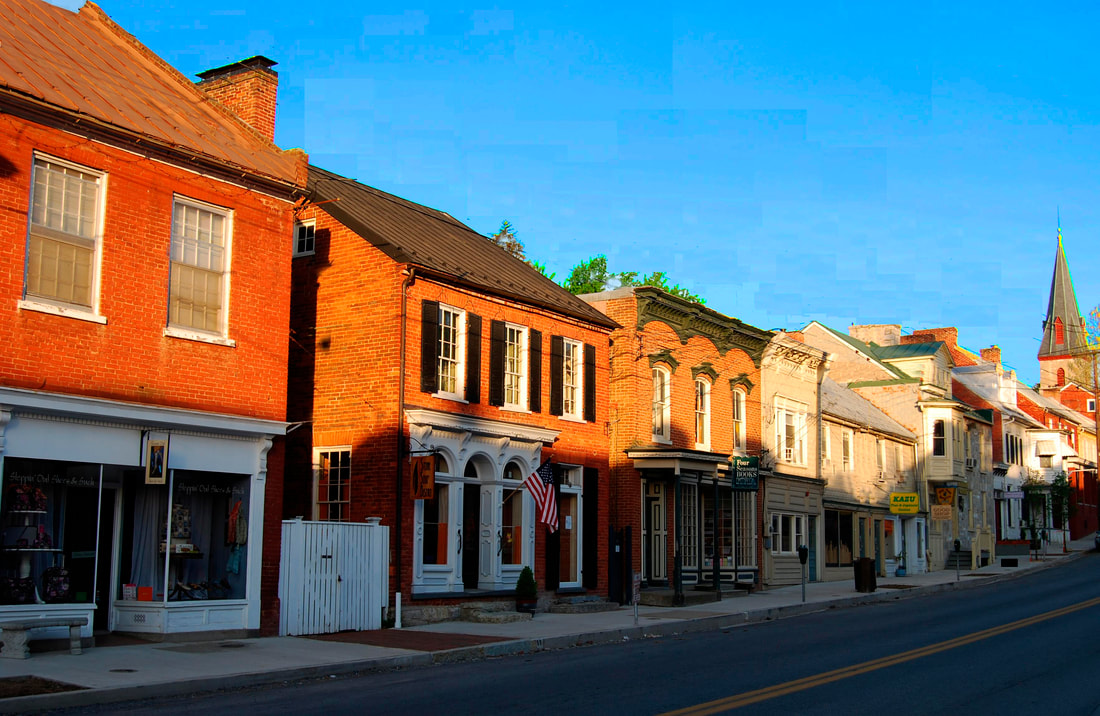
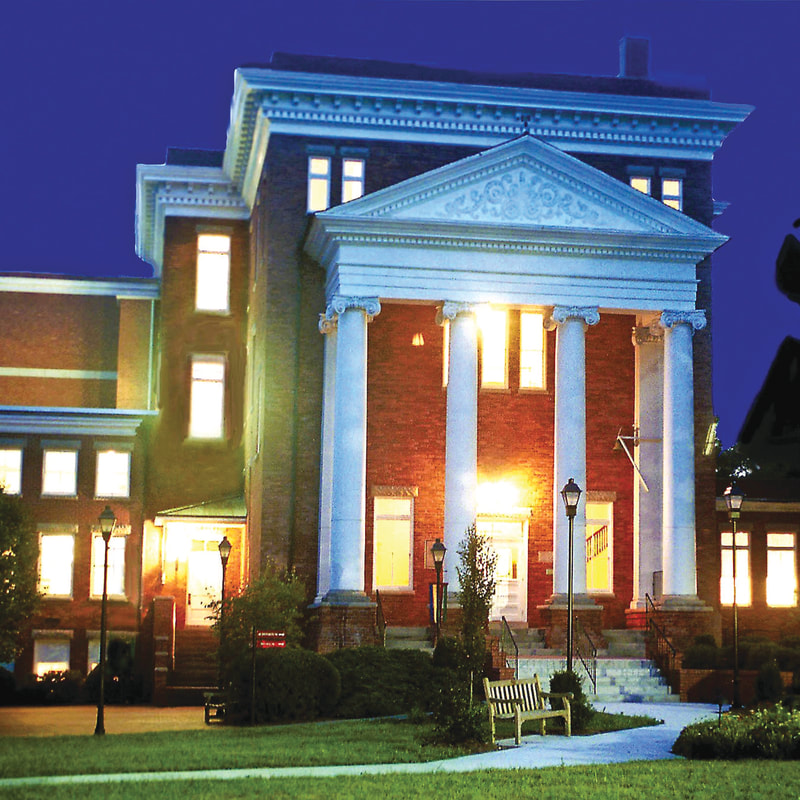
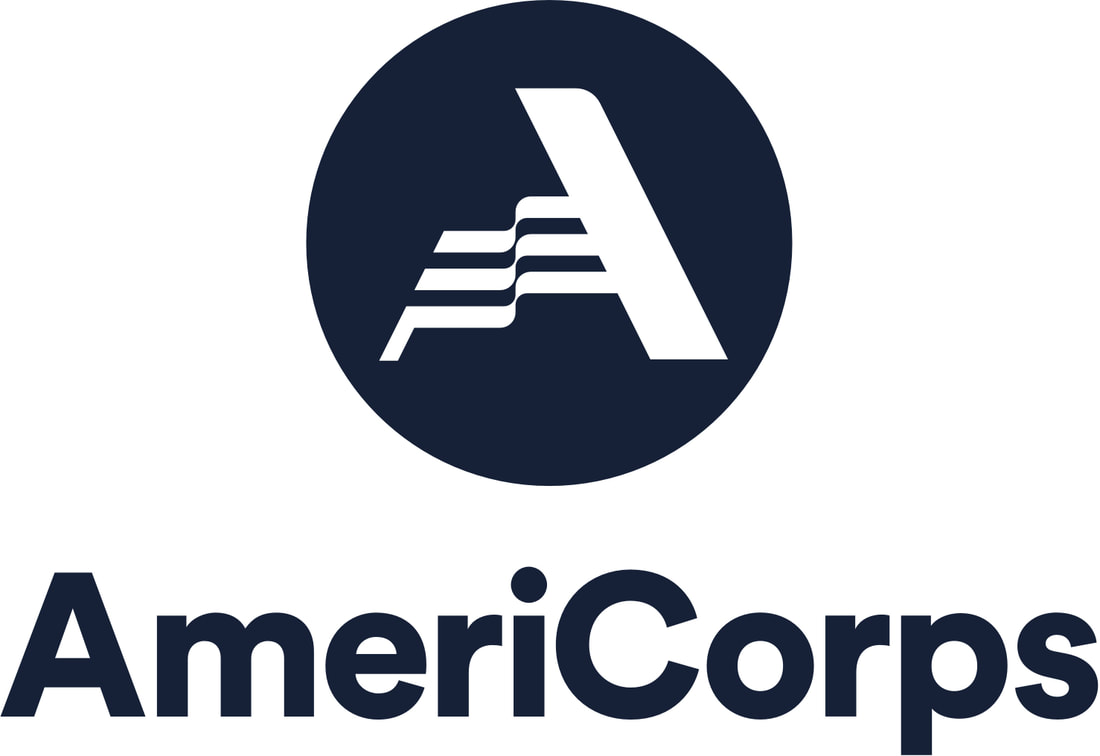
 RSS Feed
RSS Feed

